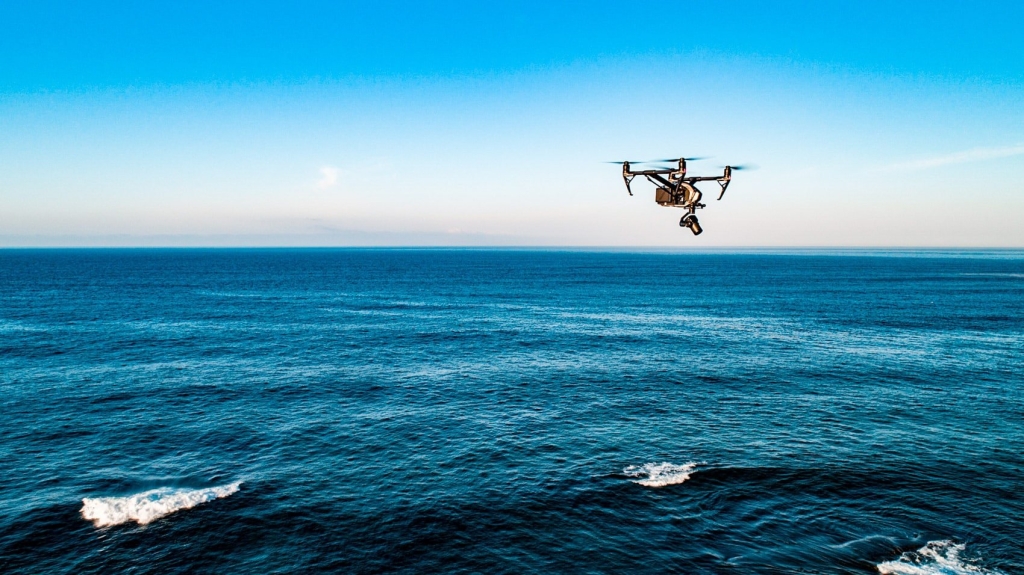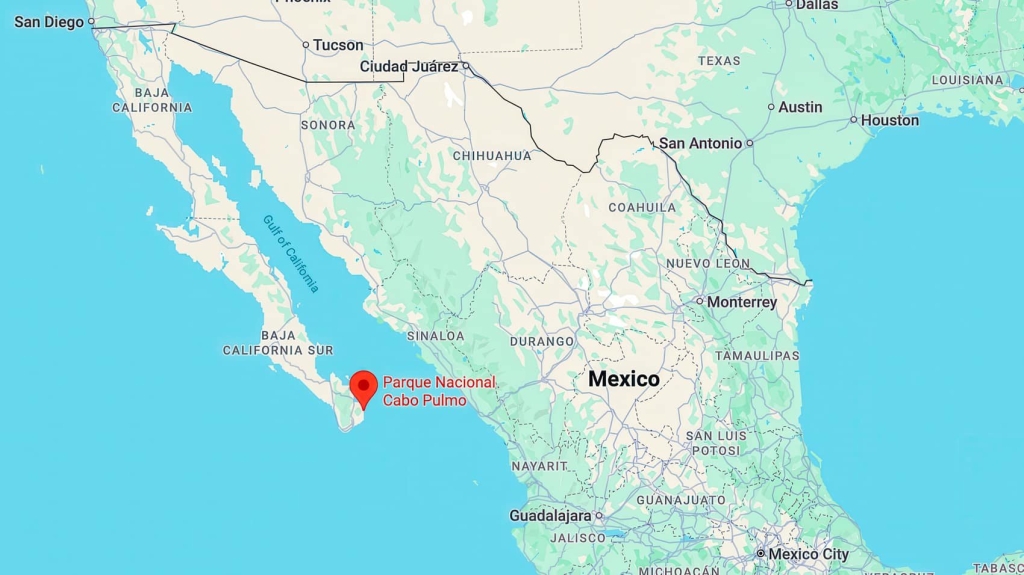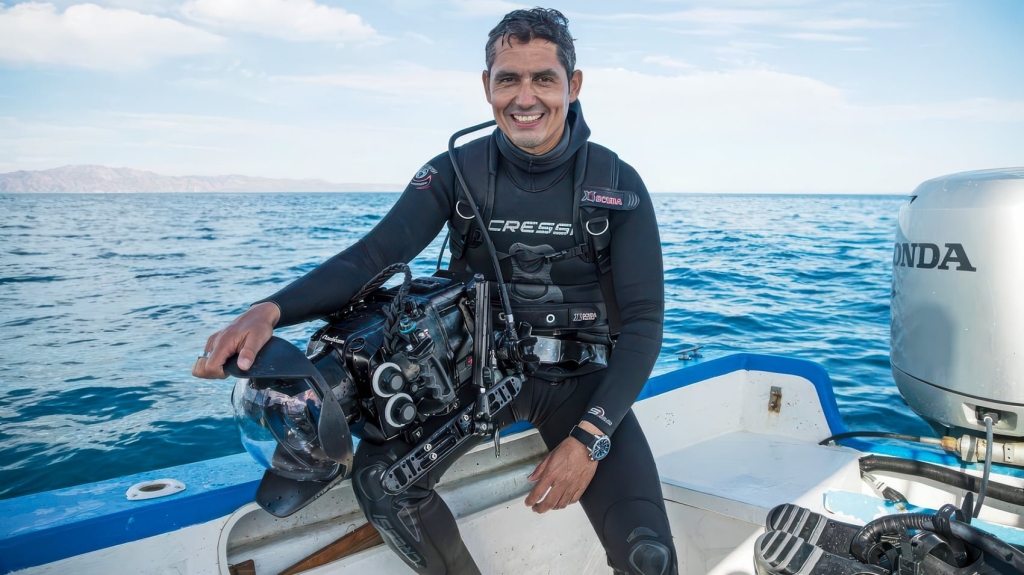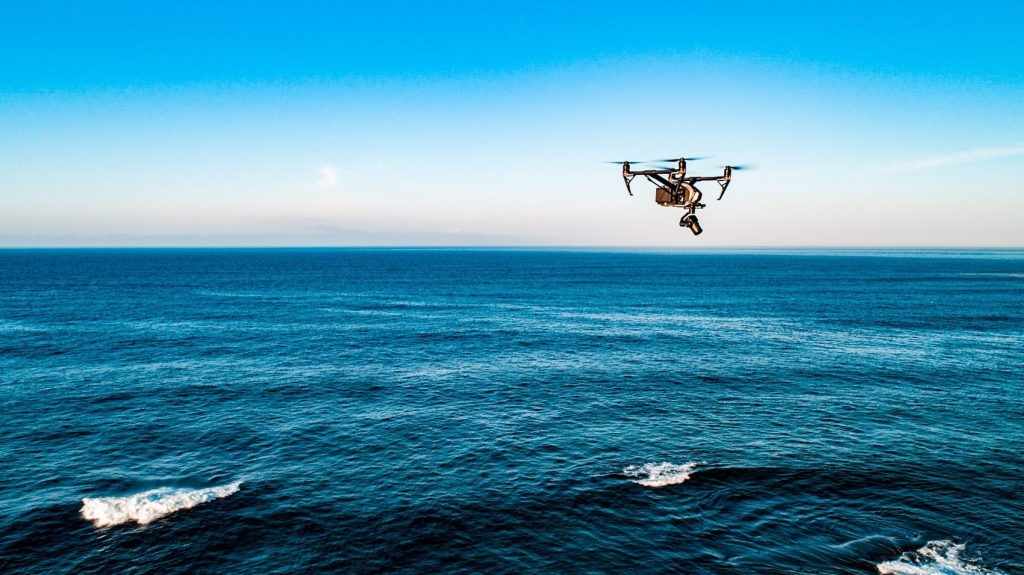DJI Drones Catch Orcas Hunting Great Whites In Mexico

We often use our drones to capture beautiful, peaceful sunsets. Or sunrises. But every now and then, a drone captures something truly raw, a scene that rewrites what we thought we knew about the planet. This is one of those times.
Incredible drone footage has captured one of nature’s most epic and terrifying showdowns: orcas systematically hunting juvenile great white sharks. They weren’t just taking bites; they were performing surgery to eat their livers.

A “Tonic Immobility” Takedown
This isn’t just a random attack. It’s a highly specialized, learned behavior. As CNN reported, A new study published in Frontiers in Marine Science details these events, documented for the first time in Mexican waters. The footage, captured by researchers like wildlife cinematographer Erick Higuera, shows a pod of orcas working together with the precision of a special operations team.

In one clip, five female killer whales surround a young great white shark. They don’t just attack wildly. They use their intelligence to ram the shark and flip it onto its back. This triggers a natural, paralytic state called “tonic immobility.” It is a clever biological hack, like finding a secret off switch on a great white, which renders the predator helpless.
View this post on Instagram
The Liver: A Floating Energy Bar
Once the shark is paralyzed, the orcas perform a surgical extraction. They avoid the dangerous jaws and go straight for the good stuff: the liver, which is packed with fat, oil, and nutrients. For a killer whale, it’s like an energy bar floating in the sea.

Photo credit: Pexels
The drone footage is critical here. It clearly shows the orcas sharing the organ among the members of the pod, including the calves. This observation confirms this isn’t just a random kill. It’s a specialized hunting technique that is being passed down as a “hunting culture.”
Drones: The Ultimate Scientific Tool
This entire discovery would have been impossible without drones. The researchers used DJI drones, including a Phantom 4 Pro and an Inspire 2 with a X7 camera to capture these events.

Photo credit: Seth Willingham
For decades, scientists had to guess what was happening based on splashes and quick glimpses from a boat.
The drone provides the critical, undisturbed overhead view. From a safe altitude, the camera can watch the entire hunt unfold. It offers clear, invaluable evidence of their cooperation, their planning, and their chilling intelligence. Marine biologist Alison Towner, who has studied similar events in South Africa, has called this kind of aerial footage “invaluable” for understanding these complex predator interactions.
This discovery now adds Mexico to a very short list of places where this behavior has been seen, and it’s a huge deal for marine science.
DroneXL’s Take
It’s stories like this that get my blood pumping. This is the absolute best case scenario for drone technology: It’s not a weapon. It’s not just a toy. It’s a tool of pure discovery. It is giving us a front row seat to moments that have been hidden from humanity for all of history.
But it’s also absolutely terrifying. Watching the footage of these orcas coordinating their attack is humbling. Their intelligence and strategic thinking are on another level. It is a powerful reminder that no matter how tough you think you are, there’s always a bigger, smarter fish (or in this case, marine mammal) out there. Or even worse: you are a huge whale and a smaller animal is coming to eat you.
This study is an example of how drones are rewriting marine science. We, as pilots, have the same power in our hands. We have the tools to be explorers, to be storytellers, and to reveal the planet’s secrets. The orcas aren’t the villains here; they’re just incredible problem solvers. They simply figured out how to turn one of the world’s toughest animals into lunch.
Photo credit: Erick Higuera/Marco Villegas, Seth Willingham, Google Maps, Pexels.
